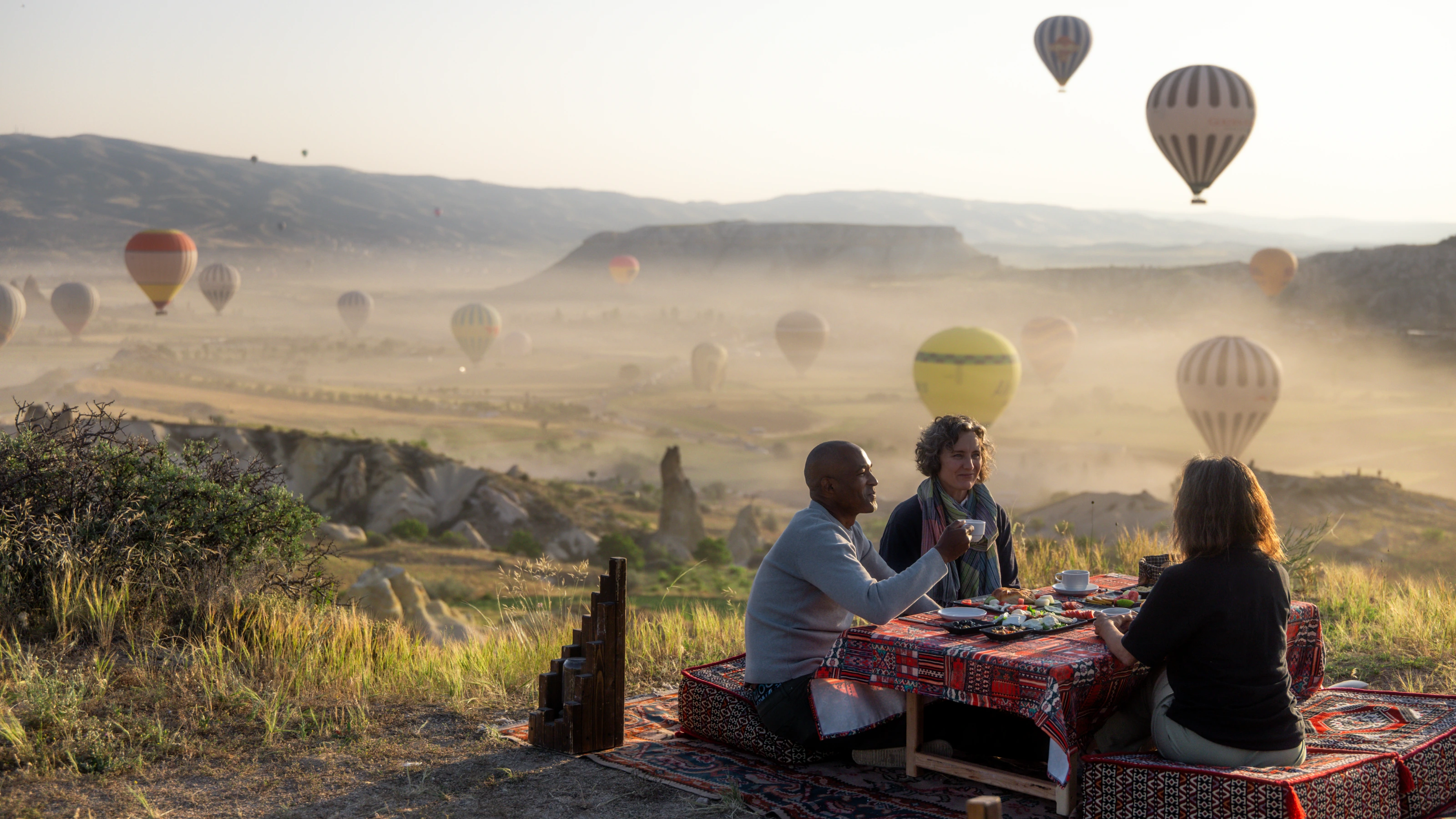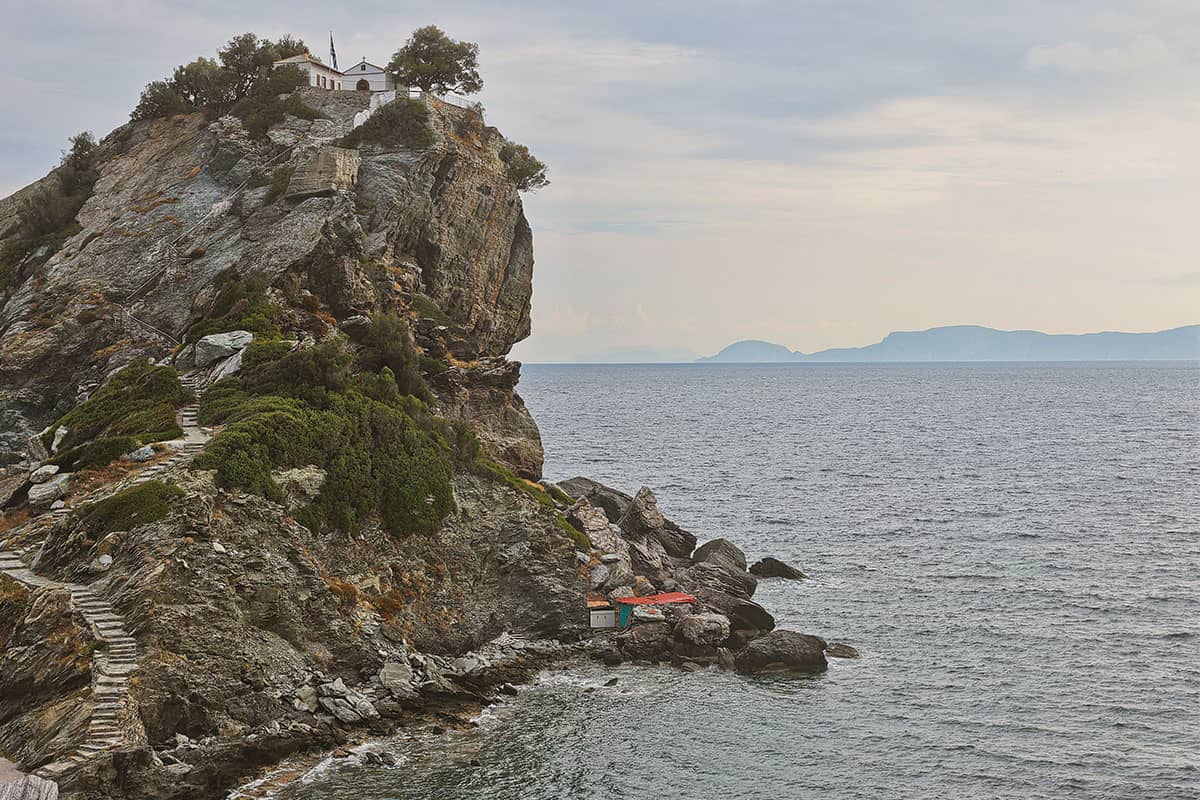Elk Tumbles Down Slippery Waterfall & Lands Right At A Hunter’s Feet
When most people think of elk, they picture the wide-open ranges of the American West — not the misty mountains of New Zealand. Yet deep in the forests and valleys of the South Island, massive elk (wapiti) roam freely, descendants of animals brought from North America over a century ago. These towering creatures, with antlers stretching wider than a man is tall, have become one of New Zealand’s most fascinating and elusive big-game animals. How Elk Arrived in New Zealand […] The post Elk Tumbles Down Slippery Waterfall & Lands Right At A Hunter’s Feet first appeared on Whiskey Riff.


When most people think of elk, they picture the wide-open ranges of the American West — not the misty mountains of New Zealand. Yet deep in the forests and valleys of the South Island, massive elk (wapiti) roam freely, descendants of animals brought from North America over a century ago. These towering creatures, with antlers stretching wider than a man is tall, have become one of New Zealand’s most fascinating and elusive big-game animals.
How Elk Arrived in New Zealand
Elk — known locally as wapiti — were introduced to Fiordland National Park in 1905, a gift from U.S. President Theodore Roosevelt to New Zealand. The Roosevelt elk were shipped from Yellowstone National Park to establish a new population in the remote, mountainous terrain of Fiordland’s southwest coast. The rugged wilderness suited them perfectly. Over time, though, the elk began interbreeding with red deer, another imported species already thriving across New Zealand. This natural crossbreeding created a unique hybrid — larger than red deer but smaller than true North American elk — that now dominates Fiordland’s herds.
Today, the Fiordland wapiti area covers about 250,000 hectares of pristine wilderness — a land of steep mountains, thick rainforest, and deep fjords where weather can change by the minute. Access is difficult; most hunters and wildlife photographers reach the region only by helicopter or multi-day hike.
Because of its isolation, Fiordland remains one of the few places on Earth where big game animals live in truly wild conditions, without fences or feeding. The elk-red deer hybrids that roam there are incredibly hardy, navigating cliffs, dense bush, and high-altitude meadows that test even the most experienced outdoorsmen.
Hunting & Conservation
Elk hunting in New Zealand is strictly managed by the Fiordland Wapiti Foundation (FWF), a conservation organization that balances trophy hunting with habitat protection. Only a limited number of hunters are selected each year through a ballot system, ensuring sustainable management of the herd. The FWF also conducts pest control and habitat restoration, removing invasive species and helping native wildlife thrive. The result is a rare conservation success story — a non-native species managed in a way that supports both ecology and recreation.
Each fall, during the rut (March and April in New Zealand’s Southern Hemisphere), Fiordland echoes with the deep, haunting bugles of bulls challenging rivals for dominance. It’s a sound that would be right at home in the Rockies — a reminder of the elk’s American heritage now firmly rooted in New Zealand’s wildest corner.
However… sometimes, you don’t need to do much hunting. Sometimes… an elk just falls in your lap. A hunter was able to capture this wild ordeal on video while out hunting in the back country of New Zealand. The footage opens with a bull elk successfully navigating his way across the waterfall as the hunter makes some noise to imitate another bull ready to spare over potential mates. Despite a few slips, falls, bumps, and bruises, the first elk appears to be in good health. Unfortunately the second wapiti that comes flying into the picture while accidentally cascading down the waterfall did not survive the tumble.
While pretty horrifying this video also serves as a reminder that nature is BRUTAL. Hunters, starvation, predators, disease… even a misstep down a waterfall, survival is HARD in the wilderness of New Zealand.
They say don’t go chasing waterfalls…. to be honest, I’m not exactly sure what that means, but it seems like solid advice. Plus, it comes from TLC, the same band that brought us the legendary jam “No Scrubs,” and if there has been better advice brought forth via song, I don’t think I’ve heard it.
However for this elk, perhaps the song should read a little more like, “don’t go tumbling to your death down massive waterfalls.” This particular elk should have stuck to the rivers and lakes that it was used too, but instead it tried to cross a slippery precipice coated in fast moving water and it wound up tumbling to its demise.
Here’s the explanation from the man who captured the video:
Hybrid Legacy
Because of over a century of interbreeding, pure Roosevelt elk are now rare in New Zealand, but the wapiti-red deer hybrids are known for their impressive antler genetics — wide, heavy, and often perfectly symmetrical. These traits make them some of the most sought-after trophies in the Southern Hemisphere. Yet their value extends far beyond hunting. They’ve become a symbol of New Zealand’s backcountry spirit — resilient, independent, and deeply connected to the land.
The story of elk in New Zealand is one of adventure and adaptation — a North American icon thriving at the far edge of the world. In Fiordland, where glacial valleys meet rainforests and mountains pierce the clouds, these animals stand as a living link between two wild continents.
Whether seen through a scope, a camera lens, or from a distant ridgeline at dawn, elk in New Zealand remind us that the world’s wild places still hold surprises — even those 8,000 miles from where they began.The post Elk Tumbles Down Slippery Waterfall & Lands Right At A Hunter’s Feet first appeared on Whiskey Riff.




























































































:format(webp)/cdn.vox-cdn.com/uploads/chorus_image/image/66321622/1206682849.jpg.0.jpg)

























:format(webp)/cdn.vox-cdn.com/uploads/chorus_image/image/67131045/1261725039.jpg.0.jpg)





































/origin-imgresizer.eurosport.com/2024/02/04/3880159-78836108-2560-1440.jpg)



















